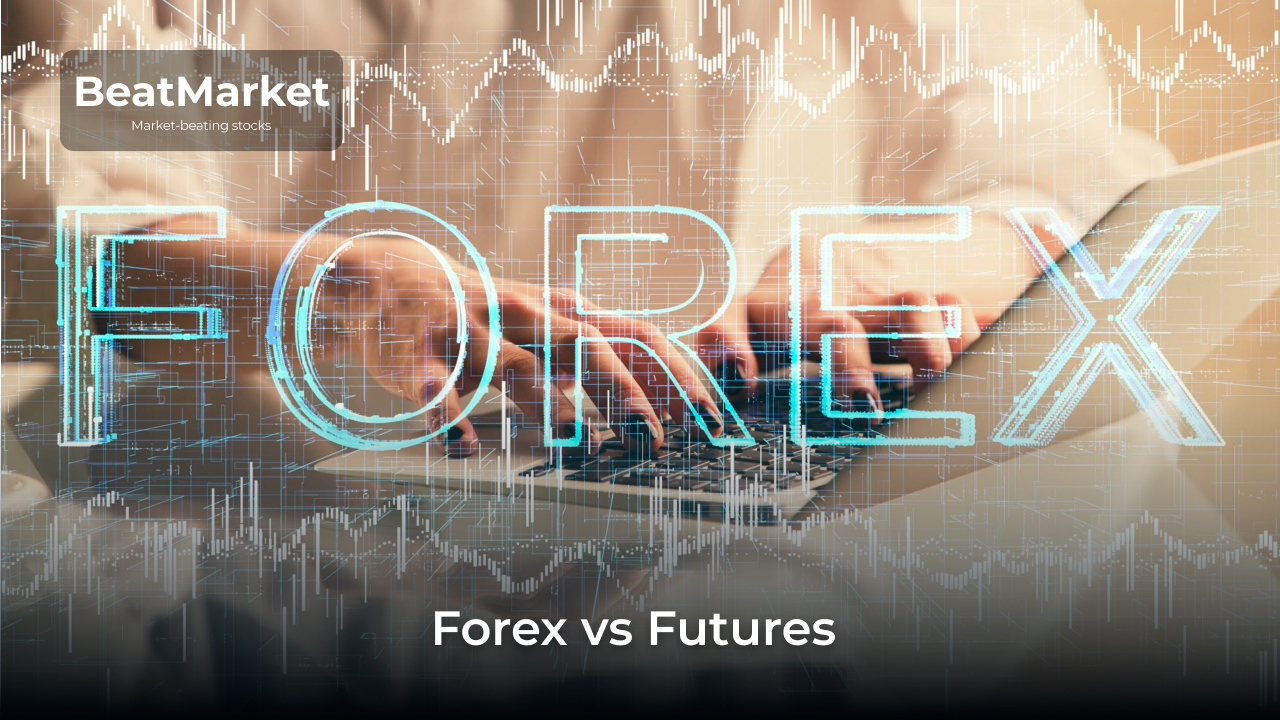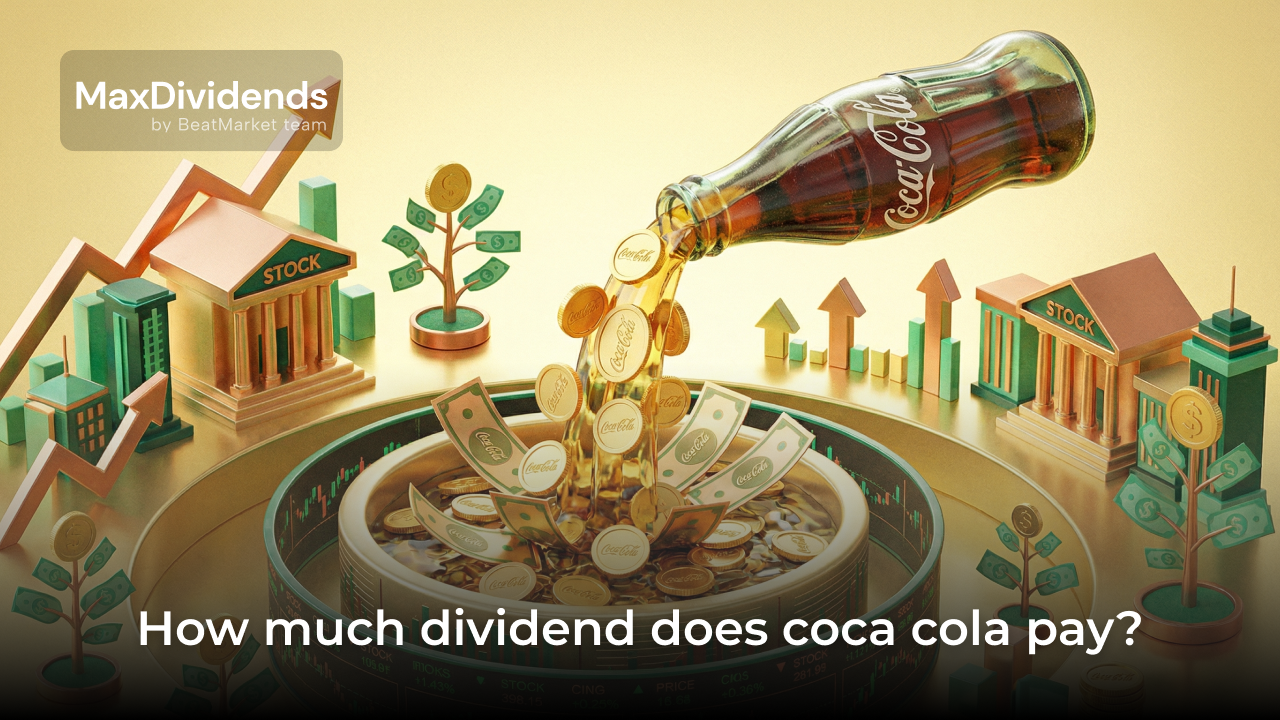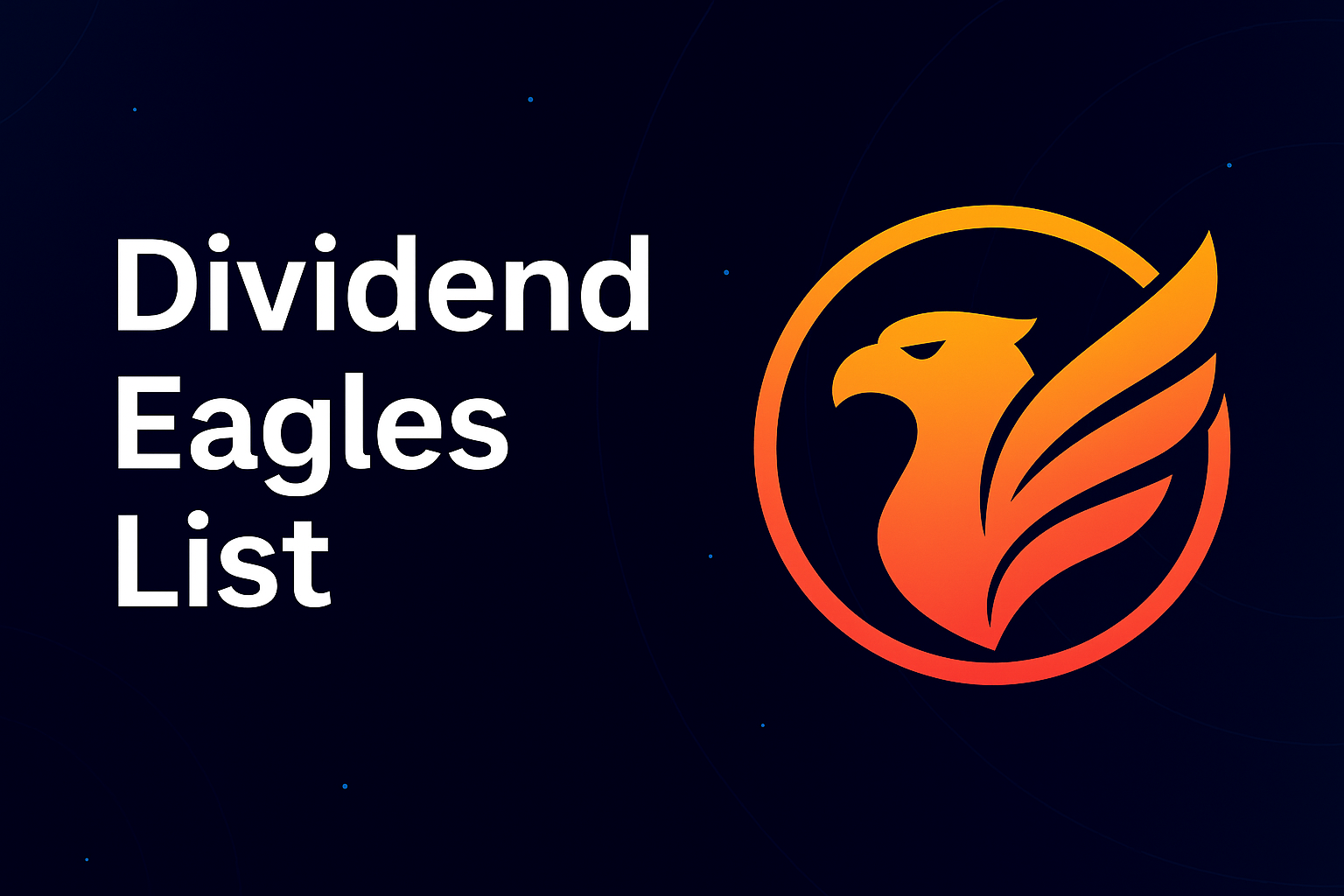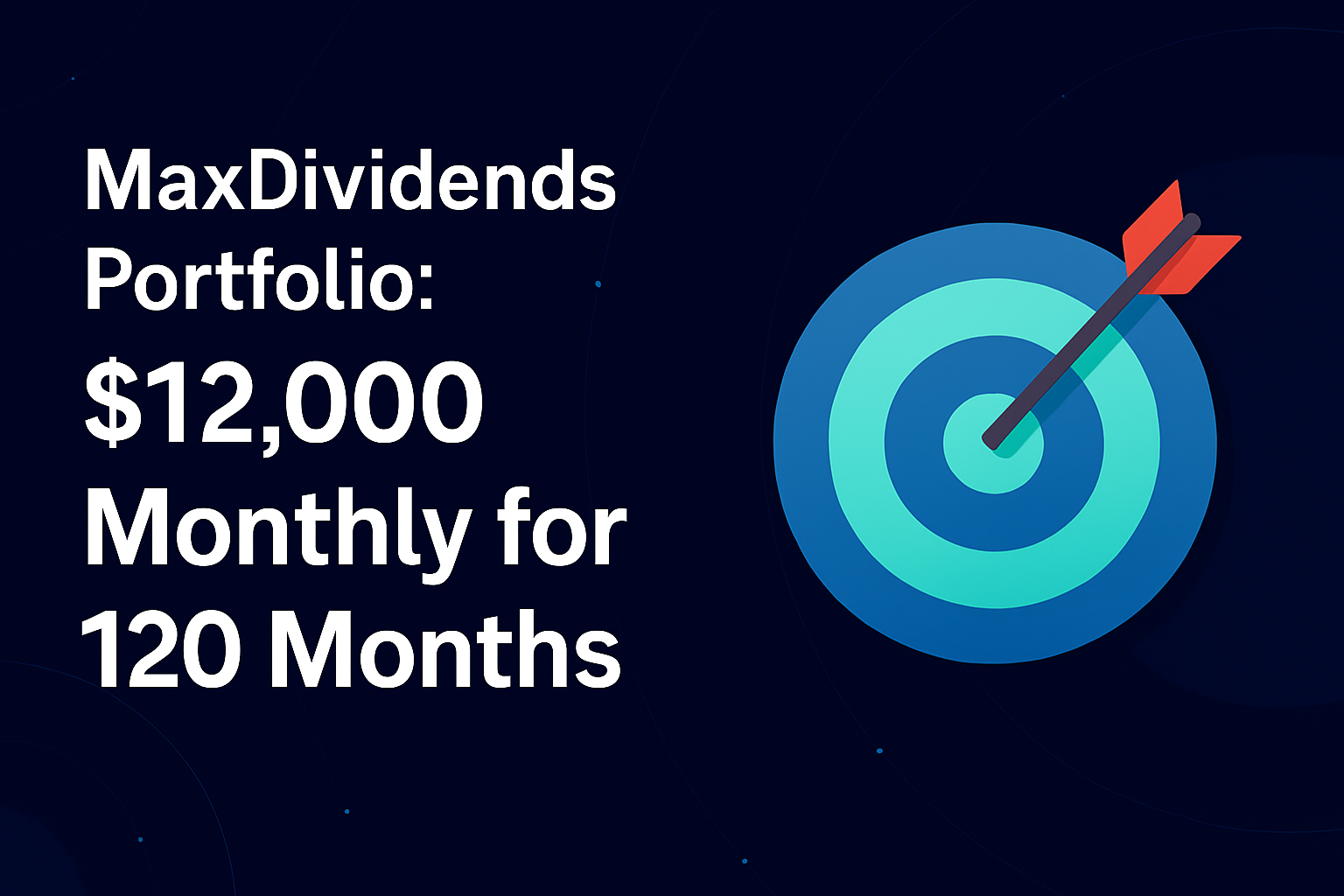- Forex and futures on centralized exchanges are fundamentally different instruments. Nevertheless, they have similar characteristics. For instance, both markets involve margin transactions.
- Forex trading, as well as on the centralized exchange, has two options. These are spot and futures contracts.
- Traders use the Forex futures market mainly to implement medium-term strategies. Intraday trading is more common on the spot.
- Futures trading on a centralized exchange is considered more secure. The reason is minimal risks of the counterparty. But it requires a larger deposit.
The overview given here will allow us to understand the peculiarities of these markets. It helps to choose the most proper trading option.
Table of Contents
What is Forex Trading?
Forex is an abbreviation for the phrase “foreign exchange”. It is a global decentralized market for exchanging one currency for another. Both large banks and private investors operate here. Many transactions are made for the purpose of speculation.
Forex currency trading involves leverage. This gives an opportunity to earn on small price movements, but increases the risks.
Transactions with currency pairs are available in several modes. The simplest is spot trading. The deal is concluded at once. The trader can hold the position for as long as they want. But a fee is charged for carrying it overnight. Such an instrument is more proper for intraday trading.
There are also forex futures (forwards). The principle of operation is identical to that of futures trading on the stock exchange. This option implies higher spreads than on the spot section. But currency futures contracts on Forex have no swap. This is a tool for medium-term strategy.
What is Futures Trading?
Futures contract is an agreement to buy/sell an underlying asset in the future. Key features:
- type and volume of the asset;
- transaction price;
- expiration date of the contract;
- type (deliverable or settlement).
The economic sense of trading futures is to guarantee the ability to buy an asset at a certain price. But they are actively used for speculation. Traders do not really wait for the expiration date. They make a reverse transaction, having made a profit.
A futures contract is based on leverage. When buying, the amount of the security is blocked on the buyer’s account. It is less than the full value of the underlying asset. Typically, it is 10-40%.
Each day, as the price moves, the exchange calculates the variation margin. Futures trading, like Forex trading, involves margin call risk.
Mechanics of Forex and Futures
There are several differences in the Forex trading mechanisms and the derivatives section of the stock exchange. The key difference is the principle of trade organization.
Forex trading on spot is decentralized. This means that there is no single place for processing transactions. There are also no common quotes. They may differ from one forex dealer to another.
On Forex, the spreads between buy and sell orders depend on the trading intermediary. They are determined by the company’s policy. Their value is often fixed. Typically, this is the difference in the forex-dealer’s income. There are no commissions for the transaction in this case.
Trading in futures is centralized. Transactions made on a particular exchange are processed by its clearing and settlement center. All traders receive the same quotes regardless of the broker chosen.
The value of the spread is also the same for all trading participants. It is determined by the liquidity of the futures. The higher it is, the smaller the gap between buy and sell prices in the stack.
Brokers do not receive income from the spread. Clients pay a commission as a percentage of the transaction value or a fixed amount.
Forex Trading Mechanics
Forex trading requires completing the following steps:
- Choose a trading intermediary (forex dealer).
- Register an account and confirm your data.
- Deposit funds into the account.
- Select a currency pair.
- Determine the transaction horizon.
- Create a buy/sell order.
The horizon of the transaction determines which forex trading option is more profitable. For intraday transactions, it is spot forex. There are low spreads here. This is favorable to the trader. But overnight fees are withheld. Therefore, the forward section (forex futures) is used for a long-term position.
When a new order is created by a trader, it can be either a limit order or a market order. In the first case, the order will be executed when the specified price is reached. In the second – instantly. It is also necessary to set stop-loss and take-profit points.
Futures Trading Mechanics
The mechanism of transactions with futures contracts on the exchange is similar in many respects. A trader should perform the following steps:
- Contract with a broker that provides access to futures exchanges. For example, the CME.
- Choose a futures contract.
- Fund the account. The amount should be enough to pay the security deposit with a reserve. Its amount can be increased by the exchange in case of increased volatility.
- Apply to buy/sell a futures contract.
- When a delivery future is chosen, close it before the expiration date.
Futures should be selected for a transaction with the help of contract specifications. They specify the underlying asset, type, expiration date, etc. These financial instruments have a limited lifetime. Trading forex futures is proper for daily and medium-term strategies.
The benefit of futures over stock trades is free leverage.
A commission is deducted for futures trading on the exchange. But there is no mandatory fee for carrying a position overnight. It is an important difference from spot trades on the Forex market.
With Forex futures, there is no commission and no overnight fee. The dealer earns at the expense of a higher spread compared to the spot section.
Using Leverage in Forex and Futures
Leverage is the ratio of own funds to the value of the asset the trader buys. For exchange-traded futures, it is a maximum of 1:30. In the over-the-counter market, values of 1:50 are possible for major currency pairs. Some forex brokers operating outside the USA offer ratios up to 1:1000.
Margin trading is necessary to make money on small price movements even with a small capital. But it significantly increases trading risks and potential loss.
Say, for example, a trader has $500. This trader buys an asset, which then appreciates by 5%. The return is $25. When using 1:10 leverage, they open a position for $5000. Profit at 5% growth of quotations is $250.
But such calculations are also correct for losses. A trader who is only using their own capital can wait for a long time for the trend to change. When attracting leverage, such an opportunity is lost. Once the deposit falls below a certain level, a margin call occurs. The broker has the right to forcibly close the client’s positions when the account is not replenished.
Therefore, it is necessary to use a stop loss when trading on margin. It is a limit order to sell/buy. It allows traders to close a trade before losses become critical.
Stop-loss level is determined by risk tolerance. There are many methods to calculate it. For example, a point on the support line is taken as such. The method is applicable to Forex futures and spot, as well as to trading on the exchange.
Regulations and Oversight
When comparing forex vs futures, the former loses out in terms of oversight. Futures regulation in the US is carried out by:
- Commodity Futures Trading Commission (CFTC);
- National Futures Association (NFA);
- futures exchanges.
The latter develop methods to prevent market manipulation. CFTC and NFA – monitor compliance with the law.
It is required for exchanges to provide reports on large positions of traders. They are used to search for trades aimed at market manipulation.
Forex regulation is less strict. Forex dealers in the US are required to register with the CFTC and become members of the NFA. Despite this, the decentralized market remains insufficiently transparent.
Almost all countries have their own national associations. They control the activity of forex-dealers. But their influence is noticeably lower compared to centralized exchanges.
They differ from country to country in terms of:
- maximum allowable leverage;
- deposit requirements;
- reporting rules.
When choosing a forex dealer in the USA, one should check their status. For this purpose there is an online system Background Affiliation Status Information Center (BASIC), which allows one to find a company of interest by a special identifier, name.
Trading Forex Currency Pairs
Spot forex is primarily used for short-term trades. Technical analysis is key for traders. There are 2 global strategies. These are trading along the trend and against it. In both cases apply:
- moving averages – typically for trend finding and determining support and resistance levels;
- candlestick patterns and shapes on the chart – their detection is often considered a buy/sell signal;
- indicators such as RSI, Stochastic, etc. – are used to confirm the entry point.
Trading currency pairs involves opening long/short positions depending on the trader’s expectations. When creating an order, one can immediately set a stop loss and take profit. Their levels are calculated by different methods. The most popular one is the use of support/resistance levels. The second one is calculation based on graphical figures that served as a signal for a deal.
There is such a concept as a trailing stop. It implies that the stop-loss threshold will increase as the price rises for a long position. In the case of a short position, on the contrary, it will decrease. This makes it possible to keep the profit when the market turns around before the take profit is reached.
When planning deals it is important to take into account 2 factors. The first one is the spread between buy and sell orders. The second is the fee for transferring positions through the night.
Trading Currency Futures Contracts
Currency futures on the exchange have several benefits over a spot position on Forex. First and foremost is the lack of overnight position rollover fees. In addition, exchange futures trading offers a low spread. The difference between the buy and sell prices is less than in forex.
The third benefit of exchange-traded futures contracts is the transparency of transactions and price formation.
An important issue is the expiration date of the contract (expiration). It is not open-ended unlike spot positions.
Thanks to futures trading, traders can realize various strategies. The instrument is proper for:
- earning on the rising/falling of quotes of the selected currency;
- hedging risks of spot positions;
- spread trading, etc.
Technical indicators are also used in futures trading. But fundamental analysis is applicable on medium and long time horizons. For currencies, the key indicators are interest rates of central banks of different countries. Other important factors are GDP, trade balance, inflation expectations, etc.
Additional expenses when currency futures trading on the exchange are commissions for transactions. On the forex market, it is the spread between the buy and sell prices. It is higher than on the spot section.
Pros and Cons of Forex and Futures
The pros and cons of Forex for the private investor are summarized in the table below.
| Forex pros | Forex cons |
| High liquidity | Less regulation compared to an exchange |
| High leverage | Opacity of quotations, lack of unified rate |
| Affordability, ability to trade in micro lots | Risk of encountering a fraudulent broker |
| Many types of accounts (including an Islamic account where no interest is withheld or paid) | Spread between buy/sell prices |
| No fees | |
| Trading hours |
Major currency futures are quite liquid. From this point of view, the average investor will hardly notice any difference with the Forex market.
Forex trading is available in 24/5 mode. Electronic trading on CME takes place only 23 hours a day. In other countries, futures exchanges have even shorter trading hours.
Trading currency futures on an exchange also has strengths and weaknesses.
| Futures pros | Futures cons |
| Futures trading offers greater transparency, market regulation | Higher capital requirements |
| Minimal counterparty risks | Less leverage |
| Transparency of quotations | Brokerage and exchange fees |
| E-mini or e-micro contracts | Inability to use fractional lots when currency futures trading |
Other derivatives are also available on the exchange. These are options, instruments for spread trading.
Forex and currency futures trading on the exchange have common disadvantages compared to investing in stocks:
- the risk of total loss of deposit;
- periods of high volatility, which can lead to real losses;
- lack of passive income in the form of dividends.
Getting Started with Trading
To start trading Forex, one must choose a broker. First of all, it is important to pay attention to the legality of the activity. It is important to find out:
- which jurisdiction the forex dealer is registered in;
- whether the dealer has a license, by which regulator it was issued;
- what association they belong to;
- whether clients’ deposits are insured in case of the company’s bankruptcy.
It is also useful to study client feedback on the reliability of the quotes being broadcast.
The second factor in choosing a trading intermediary is the working conditions. Attention should be paid to the following factors:
- number of available instruments;
- types of accounts;
- minimum deposit requirements;
- spreads.
To start trading CME futures, a broker must also be selected. But there is a very low chance of running into fraudsters. First of all, attention is paid to the license status. Also the commission structure is taken into account.
Whatever platform a trader plans to work on, the key to success is strategy. It can be such approaches as:
- trend following;
- trading futures and spot trading on bounce from support/resistance lines;
- searching for reversal patterns, indicator signals, etc.
In any case, the trader should think over the rules of opening a deal. Including the calculation of stop-loss and take-profit levels. Also the share of capital that will be allocated to each trading idea is determined. The next step is to practice the strategy on a demo account.
Impact of Market Events on Trading
A well-tested strategy is the basis for success in trading futures and currency pairs. But a trader must be able to adapt to news and key events. External factors can cause increased volatility in the market.
Forex and futures markets are vivid examples of such situations:
- volatile trading forex futures during Covid epidemic;
- sharp fluctuations of individual currencies against the background of geopolitical events in 2022;
- crypto growth by 10-15% per day after the launch of a spot bitcoin ETF in the US.
During periods of high volatility, futures trading offers additional opportunities to make money. But this increases the risks. At such moments it is especially important to use stop orders.
It makes no difference which market to choose. Trading Forex futures is more dangerous because of 2 factors. This is the risk of broker fraud and high leverage. Exchange quotes are no less volatile than in the decentralized market.
There are several ways to adapt a strategy to increased volatility. For example, to reduce the risk level of each transaction, reduce leverage on Forex. The currency futures market provides no such possibility. The parameters of the contract are standardized.
Some traders prefer to refuse trading while waiting for significant news. Others hedge their Forex futures exchange contracts.
Conclusion
In comparing forex vs futures, the key difference is the degree of regulation. The second most important factor is the expiration date of futures contracts. A position in the spot forex market can theoretically be held for as long as one wants.
Trading futures and Forex instruments involves leverage. In the second case it can be higher. But this fact increases both the potential profit and the possible loss. Therefore, it will not always be an advantage.
There are periods of increased volatility in both markets. It is useful to keep this in mind when developing a strategy. One universal trading approach can be applied both on the exchange and on decentralized platforms. But typically, currency futures are used for medium-term trades. The spot section is for intraday forex trading.
FAQs
Which is better: forex or futures?
The choice between stock exchange and Forex trading depends on 3 factors. It is necessary to take into account the trader’s capital, the time horizon of the transaction, and the desired amount of leverage. It should also be remembered that exchange futures are a more reliable and transparent instrument. There is a risk of fraud on Forex.
What is the difference between currency futures and FX?
The key difference between forex and exchange-traded futures is the degree of regulatory influence. Less significant factors are the maximum leverage, capital requirements, and the ability to trade in fractional lots. The Forex futures market gives more opportunities to traders with small deposits.
Can I trade forex with $100?
Yes, $100 is enough to start forex trading. In the Forex vs futures opposition, this is an important argument for the first option. Many brokers allow clients to start with this amount. But some require a larger initial deposit. This should be taken into account when choosing a trading intermediary.
You Might Also Like
- Understanding Qualified Dividends: Tax Benefits & Criteria
- How Forward Dividend & Yield Works in Investing
- The Complete Dividend Aristocrats List for Reliable Returns
- Dividend vs APY: How to Calculate Your Actual Earnings






